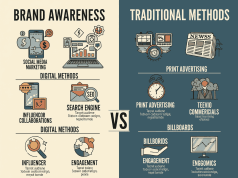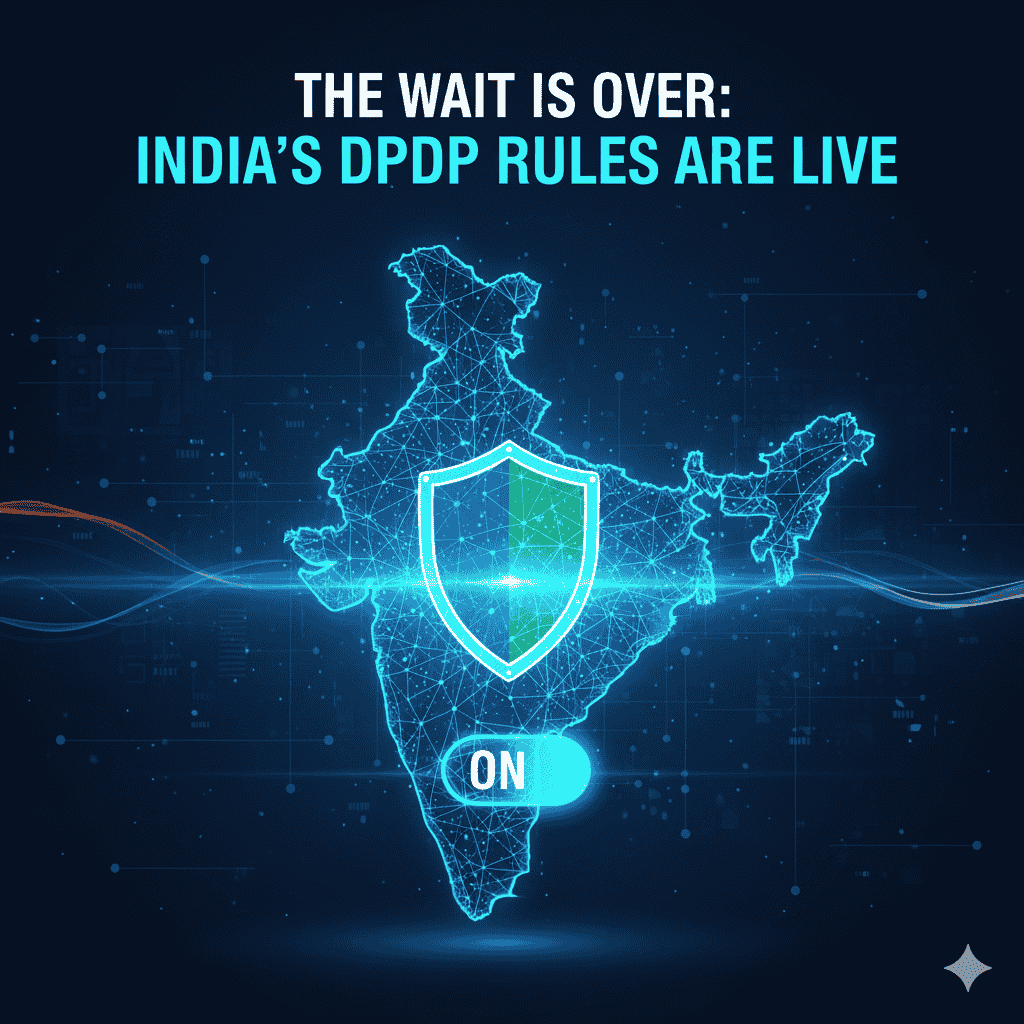As we approach 2025, the landscape of advertising is undergoing a profound transformation. Traditional advertising methods are giving way to interactive experiences that engage audiences in innovative ways. This shift not only enhances consumer engagement but also provides brands with valuable insights into their audiences’ preferences and behaviors. Here’s an overview of what interactive advertising will look like by 2025 and how it will reshape the future of marketing.
The Rise of Immersive Experiences
One of the most significant trends in interactive advertising is the rise of immersive experiences powered by augmented reality (AR) and virtual reality (VR). By 2025, brands will increasingly use AR and VR technologies to create engaging campaigns that allow consumers to interact with products in their own environments. For example, furniture retailers could let customers visualize how a couch looks in their living room before making a purchase, thereby enhancing the decision-making process.
Moreover, VR will facilitate fully immersive brand experiences, allowing consumers to step into a brand’s narrative. An outdoor gear company might create a virtual hiking experience that showcases its products in action, enticing consumers to engage with the brand on a deeper level.
Personalized Interactions Through AI
Artificial intelligence (AI) is set to revolutionize how brands interact with consumers. By 2025, AI-driven algorithms will enable hyper-personalized advertising experiences tailored to individual preferences and behaviors. These algorithms, fueled by vast data sets, will facilitate dynamic content delivery that adapts in real time based on user interactions.
For instance, an interactive advertisement might change its messaging or visuals based on a user’s past shopping behavior or social media activity. This level of personalization will not only capture attention but also foster a sense of connection and relevance between the consumer and the brand.
Gamification: Making Advertising Fun
Gamification will play a crucial role in interactive advertising by 2025. Brands will increasingly integrate game mechanics into their advertising strategies to boost engagement. Consumers will find themselves participating in interactive quizzes, challenges, and rewards programs that not only entertain but also inform them about products and services.
For example, a soft drink brand might create an augmented reality scavenger hunt where participants can win prizes by finding hidden virtual cans in their environment. This type of campaign not only drives consumer interaction but also creates memorable experiences that enhance brand loyalty.
Social Media and User-Generated Content
By 2025, social media platforms will continue to evolve into more interactive spaces where brands engage with consumers. User-generated content will be a cornerstone of interactive advertising, enabling consumers to take an active role in brand storytelling. Campaigns that encourage consumers to share their experiences with a product—through challenges, testimonials, or creative posts—will be instrumental in fostering community and authenticity.
Additionally, platforms like TikTok will see brands leveraging interactive formats such as polls, quizzes, and challenges to create viral content that resonates with audiences. This collaboration between brands and consumers will create a more dynamic advertising environment that feels less intrusive and more participatory.
The Importance of Analytics and Feedback Loops
As interactive advertising evolves, so will the means to measure its effectiveness. By 2025, brands will rely heavily on advanced analytics tools that provide real-time feedback on consumer engagement. By analyzing behavior data from interactive campaigns, brands can adapt strategies on the fly, ensuring that they remain relevant and resonate with their target audience.
Feedback loops will become critical as brands listen to consumer responses to interactive content, allowing for a more agile marketing approach. Continuous improvement based on consumer insights will lead to campaigns that not only capture attention but also convert leads into loyal customers.
Ethical Considerations in Interactive Advertising
With the rise of interactivity in advertising comes the responsibility to maintain ethical standards. By 2025, brands will need to navigate concerns around data privacy and user consent more carefully than ever. Transparency will be crucial; consumers must feel secure and informed about how their data is being used in interactive advertising.
Brands that prioritize ethical considerations will not only build trust but also differentiate themselves in a crowded market. Establishing clear frameworks for user consent and data usage will enhance the brand-consumer relationship and foster a sense of community.
Conclusion
By 2025, interactive advertising will redefine how brands connect with consumers, offering engaging, personalized, and immersive experiences. With advancements in AI, AR, and VR, the future of advertising promises to be more dynamic and participatory than ever before. As brands embrace these new methodologies while upholding ethical standards, they will not only capture attention but also cultivate long-lasting relationships with their audiences. The future of advertising is interactive, and those who adapt will thrive in this exciting new landscape.









